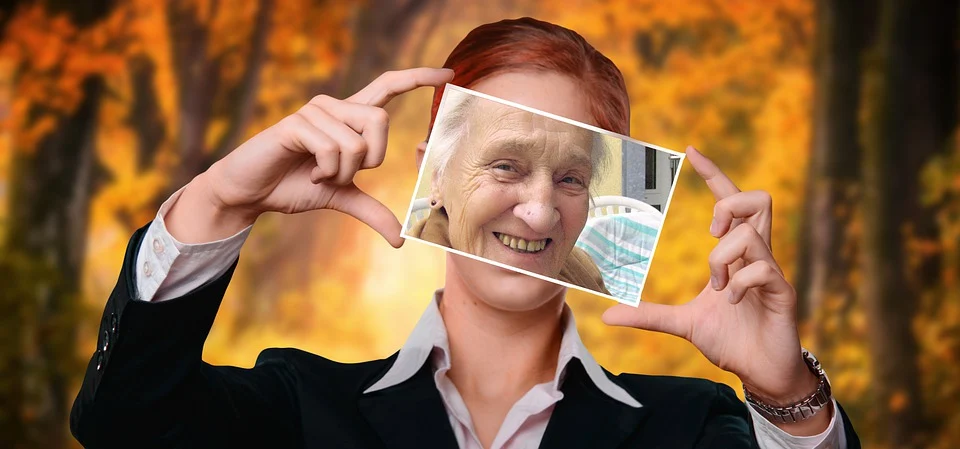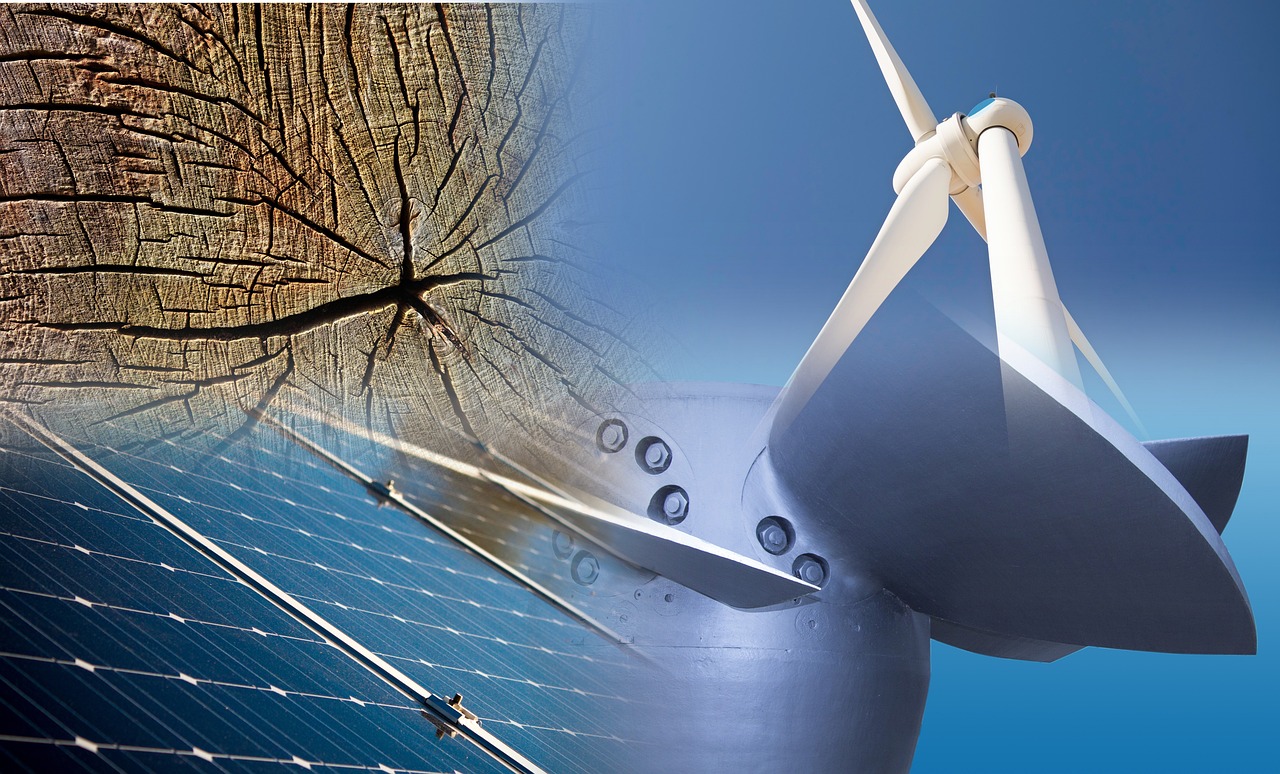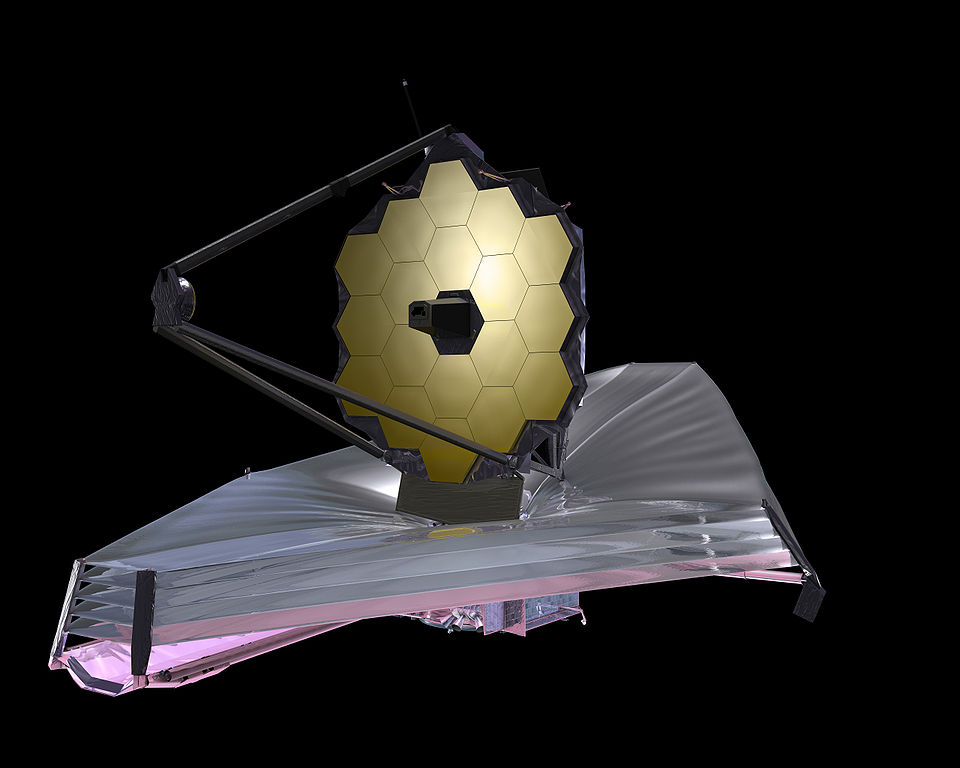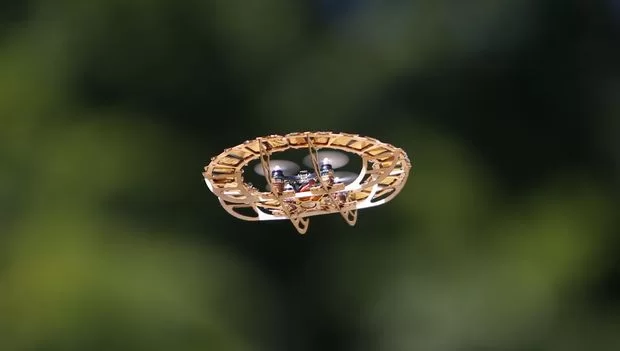In the latest study, researchers at the University of California, Berkley, have shown that young mice experienced signs of old age after a single blood transfusion from an old mouse.
With this study, scientists want to determine the factors that make us old. These factors will help in finding out the solutions that may delay or even prevent aging.
Earlier in 2005, researchers created conjoined mice by stitching pairs of old and young mice together. The pair not only shared the same blood but also the same organs. In that experiment, older mice showed signs of reversal of their aging.
However, in this new study researchers are trying its reverse.
In this latest research, scientists infused young mice with blood from an old mouse. So the researchers transfused blood from an aged, two-year-old mouse into the mice who all were three months of age. After seven days of the infusion, researchers tested the mice.
In the tests, researchers observed Mice who were given old blood fatigued more quickly and ran a shorter distance on the treadmill than the control group. Moreover, these mice also showed biomarkers of kidney damage and evidence of liver aging.
However, when older mice were given younger blood, researchers observed lipids and fibrosis and fatigue decreased, and muscle endurance increased.
From these experiments, the researchers conclude that the cells from the older mice were releasing a senescence-associated secretory phenotype (SASP). Because of the release of SASP, these mice showed all these signs of aging.
With these experiments, researchers concluded that adjusting factors such as SASP could lead to new therapeutic strategies when aiming for longer life.
The research was published in the journal Nature Metabolism.







